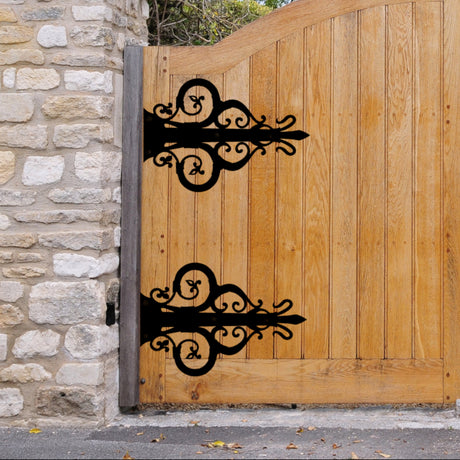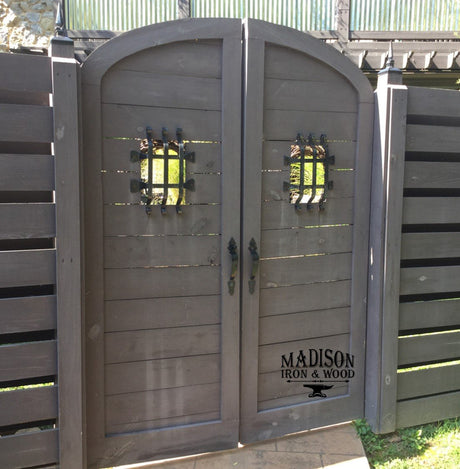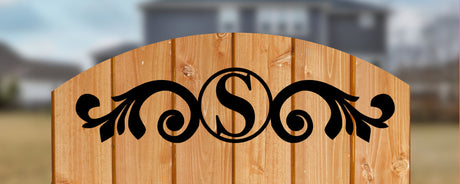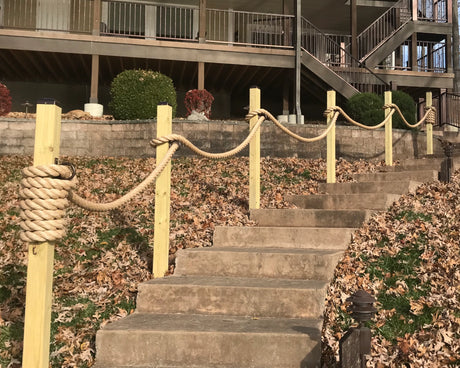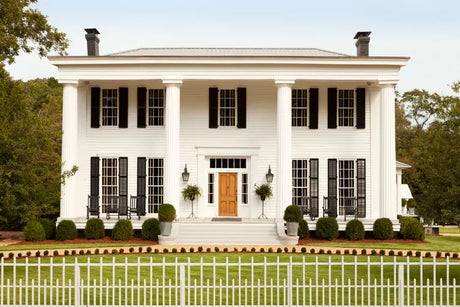
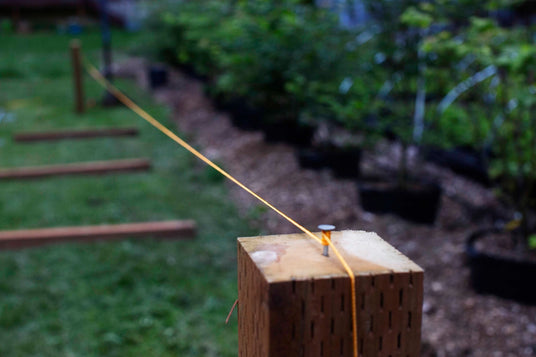
Step 2: Marking the Fence Line
Use stakes and string or a chalk line to mark the perimeter of your fence line. Double-check the measurements and ensure that the layout aligns with property lines and any relevant regulations or restrictions.
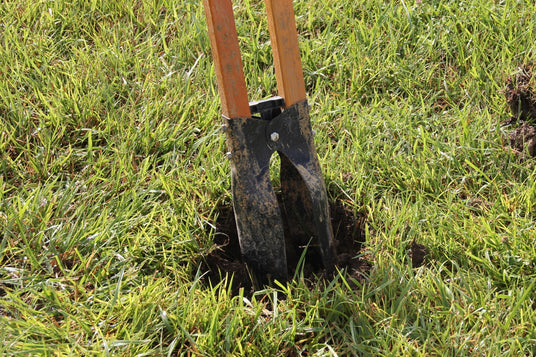
Step 3: Digging Post Holes
Use a post hole digger or auger to dig holes for the fence posts at regular intervals along the fence line. The depth and diameter of the holes will depend on the type of soil and the height of your fence, but as a general rule, aim for holes that are approximately one-third the height of the posts and 10-12 inches in diameter.
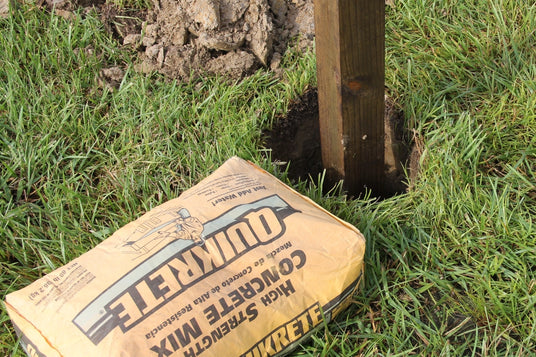
Step 4: Installing Post Footings
Once the holes are dug, place the fence posts into the holes, ensuring they are level and properly aligned. Fill the bottom of each hole with concrete mix or gravel to provide stability and support for the posts. Use a level to check for plumb and adjust the posts as needed. Allow the concrete to cure according to the manufacturer's instructions.
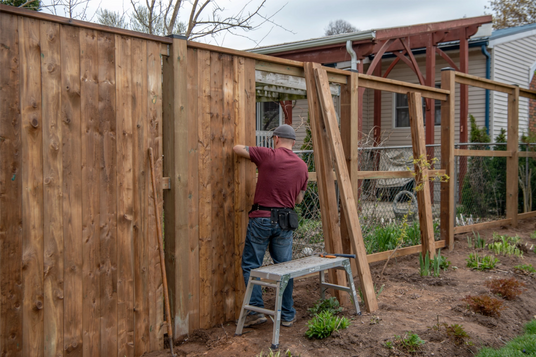
Step 5: Attaching Fence Panels/Pickets
With the posts securely in place, it's time to attach the fence panels or pickets. Position the panels between the posts, ensuring they are level and evenly spaced. Secure the panels to the posts using nails or screws, making sure to leave room for expansion and contraction due to temperature changes.

Step 6: Installing Gates
If your fence includes a gate, install the gate posts and attach the gate hardware according to the manufacturer's instructions. Ensure that the gate swings freely and latches securely. Adjust the hinges and latch as needed to achieve proper alignment and operation.
(Optional)- Add these decorative dummy hinges to give your gate and fence a nice decorative touch.
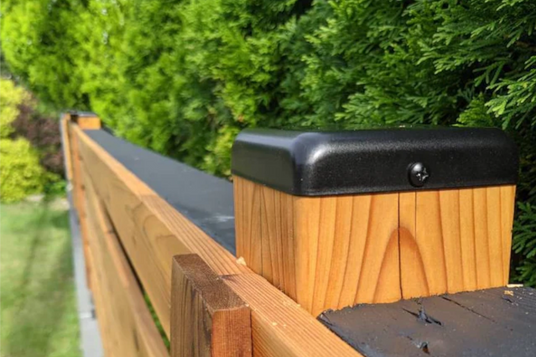
Step 7: Finishing Touches
Once the fence panels or pickets are installed, take the time to add any finishing touches. Apply a coat of stain or paint to protect the wood and enhance its appearance. You may also choose to add decorative elements such as post caps for added visual appeal.

Step 8: Maintenance
To ensure your fence remains sturdy and attractive for years to come, perform regular maintenance tasks such as inspecting for signs of wear or damage, cleaning debris from the structure, and reapplying stain or paint as needed.




